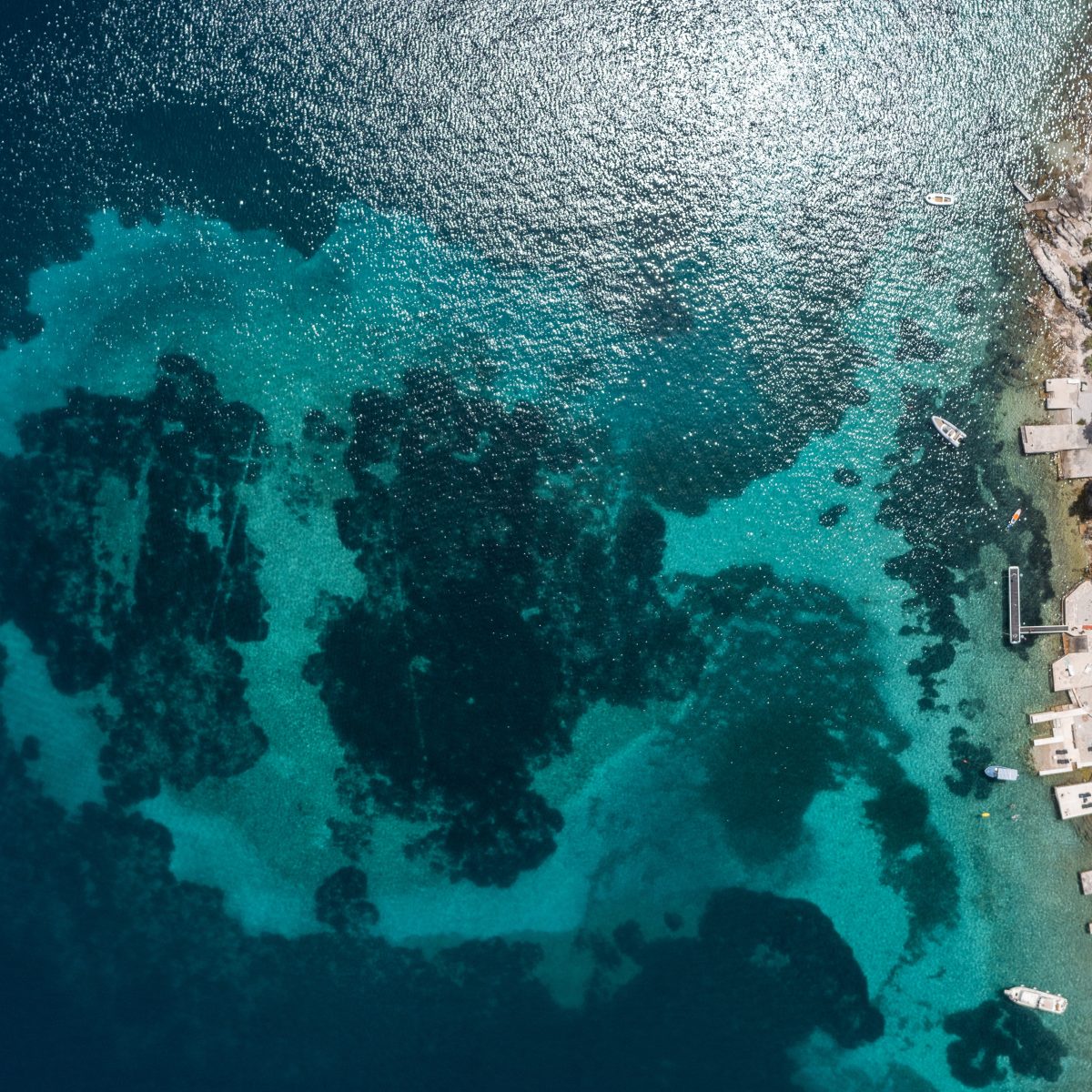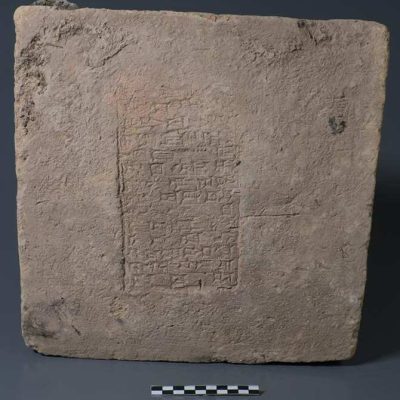A 7,000-year-old stone road has been discovered in the Adriatic Sea using satellite imagery. The road connected an artificial island settlement to the mainland. The discovery was made by scientists from the University of Zadar, who noticed unusual geometric patterns on the seabed while analyzing satellite images. The road, made up of large, precisely placed stone slabs, is currently submerged under four to five meters of water and runs from the island shore to Soline, a sunken prehistoric settlement. The road was likely built by members of the Hvar culture around 4900 BC, who were also responsible for the construction of the artificial island of Soline.
Artificial islands were common in various neolithic cultures and were often used for ritual purposes. However, the islands off the coast of Korčula may have served as secure residential areas. The discovery of the stone road and the sunken settlements was made during several diving expeditions, which also uncovered neolithic artifacts such as flint knives, stone axes, and fragments of millstones. The team also discovered another sunken settlement on the opposite side of Korčula in the Bay of Gradina, which was similar to Soline in structure and contained building remains and artifacts.
This discovery adds to the growing list of spectacular archaeological finds in the Mediterranean, including a 2,000-year-old Roman shipwreck and evidence of wine production in Sicily under Islamic rule. The use of satellite imagery and underwater archaeology has opened up new possibilities for discovering and studying ancient civilizations, providing valuable insights into our shared human history.










